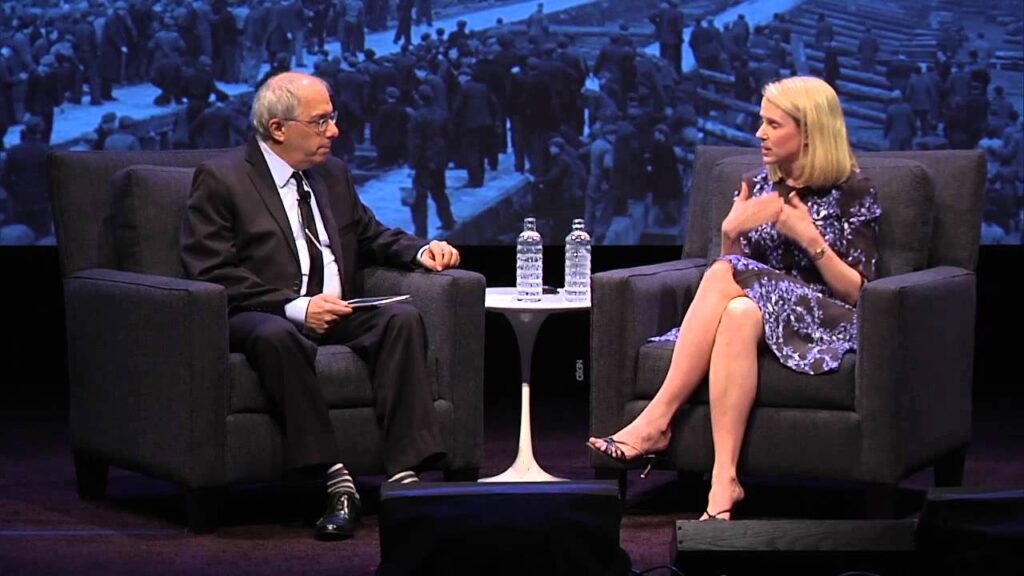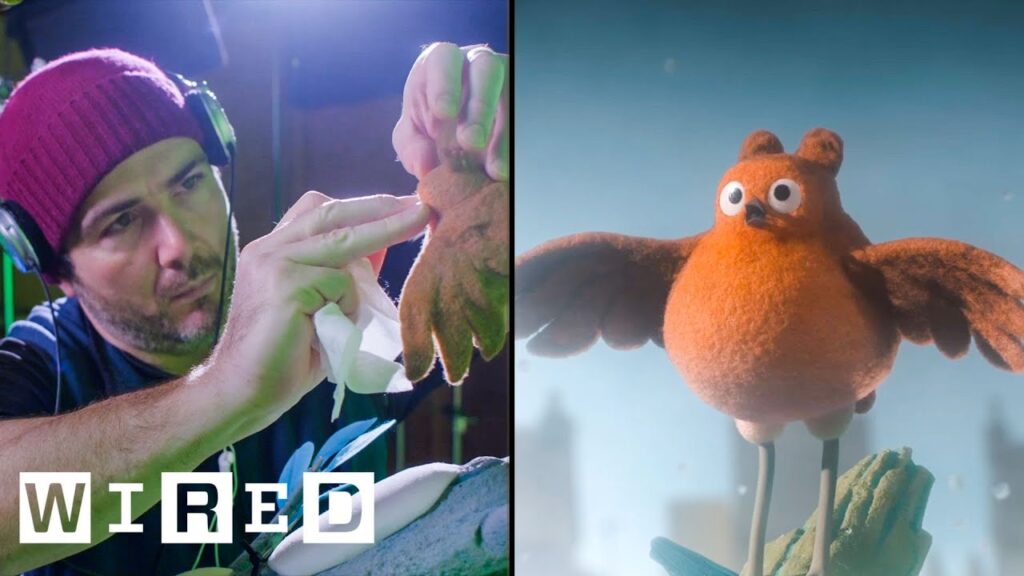The Art of Origami: A Journey through Five Levels
Summary
In this article, we explore the art of origami through the eyes of physicist and origami artist, Robert J. Lang. We delve into five levels of origami, starting with the traditional crane and cootie catcher designs, moving on to tessellations, creating animals, and finally, the application of origami techniques in various fields.
Table of Contents
- Traditional Origami Designs: The Crane and Cootie Catcher
- Tessellations: Folding Paper into Patterns
- Creating Animals: Turning Simple Shapes into Complex Creatures
- Applications of Origami Techniques: From Insects to Spacecraft
- The Importance of Rigidity: A Single Degree of Freedom Mechanism
Traditional Origami Designs: The Crane and Cootie Catcher
Origami is an ancient art form that involves folding a single sheet of paper into various shapes and designs. The first model that Robert J. Lang teaches is the traditional origami design of a crane, which is over 400 years old. The crane is made from an uncut square and is folded without any cuts. The trickiest part of this design is the petal fold, which is a part of many origami designs. The second model is a cootie catcher, which can also be turned into a talking crow by pushing the middle and popping it inside out. These are some of the first designs that people learn when starting to explore origami.
Tessellations: Folding Paper into Patterns
Tessellation is a technique in origami that involves folding a single sheet of paper into a pattern that resembles tiling. The folds are either mountain or valley folds, and all origami shapes that fold flat follow the rule of three mountains and a valley, or three valleys and a mountain. The speaker demonstrates how to create a tessellation using a twist building block, which can be arranged in rows and columns to create larger and more complex patterns. The art of origami is about turning simple things into complex things, and creating patterns.
Creating Animals: Turning Simple Shapes into Complex Creatures
The speaker also demonstrates how to create various animals such as dragonflies, spiders, and ants using a single uncut square of paper, by using the circular region of paper that each leg or point takes up. Origami is not just about making simple toys like cranes or cootie catchers, but it is much more than that. It is about turning simple shapes into complex creatures and exploring the limits of what can be done with a single sheet of paper.
Applications of Origami Techniques: From Insects to Spacecraft
Origami techniques have been used in various applications, including designing patterns for insects and animals, as well as deploying shapes for spacecraft. The speaker explains the concept of circle packing, where long features of a design are represented by circles, and how it can be used to create complex patterns. Origami can also be used to create deployable structures that can be used in space exploration. The possibilities are endless when it comes to applying origami techniques in various fields.
The Importance of Rigidity: A Single Degree of Freedom Mechanism
The speaker also mentions the importance of considering rigidity in origami mechanisms and demonstrates a single degree of freedom mechanism using rectangles. This mechanism is used to create deployable structures that can be used in various applications. By considering rigidity, origami can be used to create structures that are strong and durable.
Conclusion
Origami is an art form that has been around for centuries, and it continues to amaze us with its possibilities. From traditional designs to tessellations, creating animals, and applying origami techniques in various fields, the art of origami is truly a journey through five levels. By exploring the limits of what can be done with a single sheet of paper, we can create structures that are strong, durable, and beautiful.







